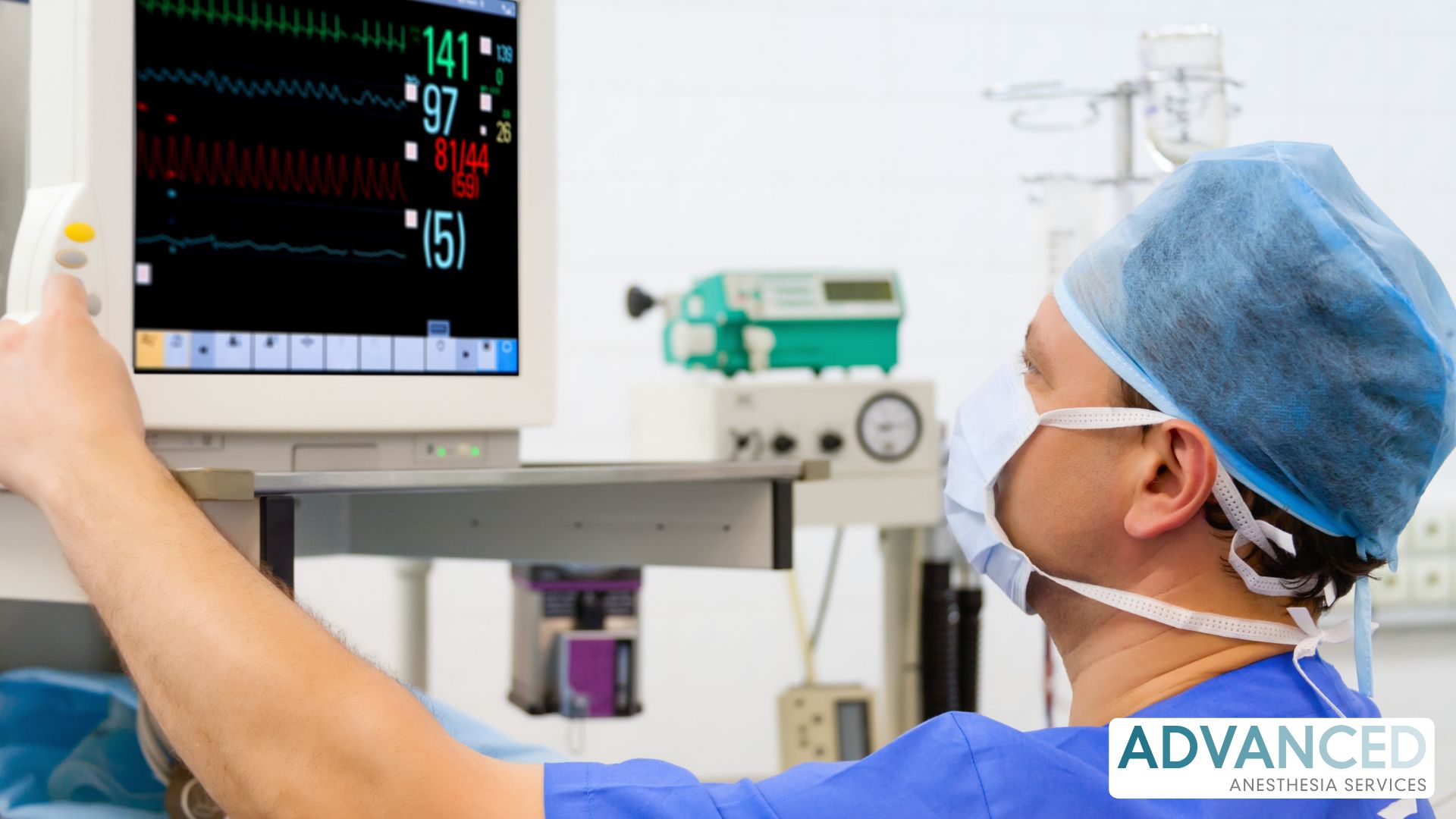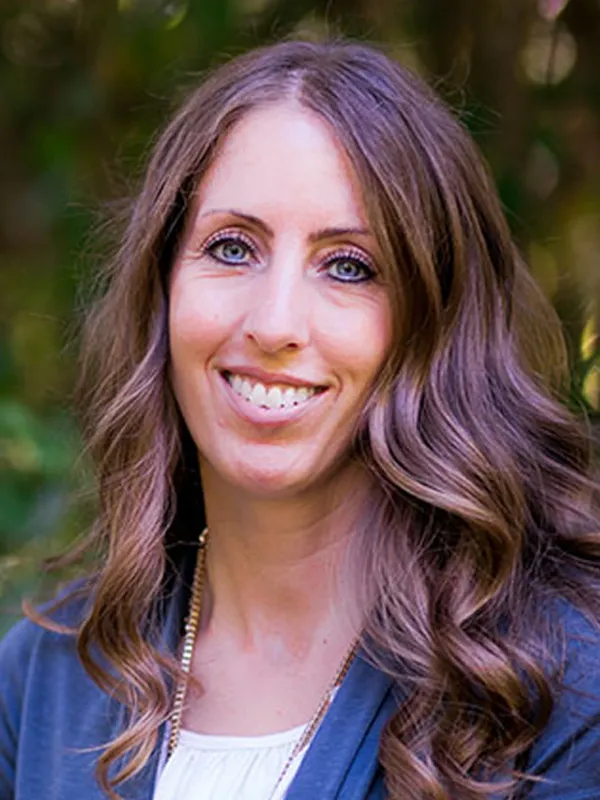
Choosing the right anesthetic technique plays a critical role in the success of aesthetic surgery. While surgical expertise and cosmetic outcomes receive much of the focus, anesthesia selection significantly affects patient recovery, postoperative nausea and vomiting (PONV), airway safety, and surgical efficiency. For plastic surgeons and ambulatory surgery center (ASC) administrators, understanding the advantages and limitations of total intravenous anesthesia (TIVA) and inhalation anesthesia is essential for optimizing patient care.
Pharmacologic Differences Between TIVA and Inhalation Anesthesia
TIVA typically involves the use of propofol, often supplemented with adjuncts such as ketamine or dexmedetomidine. It provides rapid induction and recovery, particularly in surgeries under six hours. Inhalation anesthetics like sevoflurane, desflurane, and isoflurane also allow fast onset but may present more variability in emergence time due to differences in agent solubility and gas flow rates.
TIVA is associated with a lower incidence of PONV. A meta-analysis published in Anesthesia & Analgesia reported a 20 to 30 percent relative reduction in PONV for patients receiving TIVA compared to volatile anesthetics (Apfel et al., 2004). Inhaled agents, although widely used, often necessitate multi-drug antiemetic prophylaxis to achieve similar outcomes.
Hemodynamic profiles differ between modalities. TIVA may cause mild hypotension, often corrected with vasopressors or ketamine co-infusion. In contrast, inhalation agents typically preserve sympathetic tone, which can be beneficial in certain patient populations with cardiovascular risk.
Another safety factor to consider is malignant hyperthermia. Unlike volatile agents, TIVA does not trigger this condition, making it the preferred option for susceptible patients. Additionally, TIVA avoids exposure to the odor of volatile agents during recovery, which some patients find unpleasant.
Workflow Efficiency and OR Turnover
TIVA can streamline perioperative workflow. Because it begins immediately after IV access is established, it eliminates the need for vaporizer warm-up or fresh gas adjustments. Recovery room nurses often report smoother emergence with fewer airway complications and faster discharge readiness. TIVA also reduces the need for scavenging system inspections in office-based surgical suites.
Volatile anesthetics, however, offer advantages for longer cases. They are easier to titrate using end-tidal monitoring and require less specialized equipment. Many anesthesia professionals are well-trained in inhalation techniques, minimizing the operational learning curve.
One study analyzing 600 abdominoplasties in an outpatient plastic surgery center found that median post-anesthesia care unit (PACU) times were shorter with TIVA—42 minutes compared to 58 minutes for patients receiving sevoflurane. This 16-minute difference allowed for the addition of an extra 90-minute case per operating room per day (Aesthetic Surgery Journal, 2020).
Cost Analysis of Anesthetic Techniques
At first glance, volatile anesthetics may appear more cost-effective when comparing drug prices alone. For example, a low-flow sevoflurane technique might cost $12 for a four-hour case, while a propofol-based TIVA plan could cost $38. However, this narrow view excludes broader financial considerations.
TIVA generally results in reduced use of antiemetic rescue medications due to its lower PONV profile. Shorter PACU times also translate into decreased labor costs and increased OR availability. When factoring in the cost savings from reduced complications, unplanned admissions, and enhanced throughput, the total cost difference between TIVA and inhalation anesthesia often narrows to less than five dollars per case.
Special Safety Considerations
For patients with a history of malignant hyperthermia, TIVA is the safer option and avoids the need to prepare the anesthesia machine with charcoal filters or extended flushing protocols. In head, neck, or airway surgeries—especially those involving CO₂ lasers or electrocautery—TIVA enables lower inspired oxygen concentrations, minimizing the risk of airway fire.
In patients with elevated body mass index undergoing body contouring, volatile anesthetics may help maintain cardiovascular stability due to their preservation of sympathetic tone. However, with appropriate use of adjuncts such as vasopressors, TIVA can be effectively adapted to support hemodynamic needs in these cases.
Patients with a prior history of PONV or motion sickness benefit most from TIVA. For extended procedures or those requiring overnight observation, the addition of an NK-1 receptor antagonist may further reduce nausea risk.
Anesthetic Planning for Common Cosmetic Procedures
In short, low-risk procedures such as blepharoplasty or otoplasty, TIVA with a propofol bolus and laryngeal mask airway (LMA) offers fast recovery and low nausea rates.
For facelifts that involve laser resurfacing or for patients with reactive airways, TIVA combined with high-flow nasal oxygen reduces the chance of airway fire while ensuring adequate oxygenation.
Body contouring cases, including lipo-abdominoplasty in hypertensive or obese patients, may benefit from a hybrid approach. Initiating anesthesia with a volatile agent and transitioning to TIVA can balance intraoperative stability with smoother recovery.
Procedures like Brazilian Butt Lifts that require prone positioning may benefit from volatile anesthetics for their cardiovascular profile. BIS monitoring can help maintain optimal anesthetic depth and prevent overdose.
Conclusion
TIVA provides clear benefits in outpatient cosmetic surgery settings, including improved patient comfort, lower rates of nausea and vomiting, and greater flexibility in high-risk scenarios. Volatile anesthetics remain an essential tool for longer operations or patients needing tight hemodynamic control. A hybrid strategy that blends both modalities is increasingly popular among aesthetic providers for maximizing outcomes.
Plastic surgeons seeking anesthesia partners experienced in both TIVA and hybrid protocols will find Advanced Anesthesia Services uniquely equipped to support their goals for safety, efficiency, and patient satisfaction.

